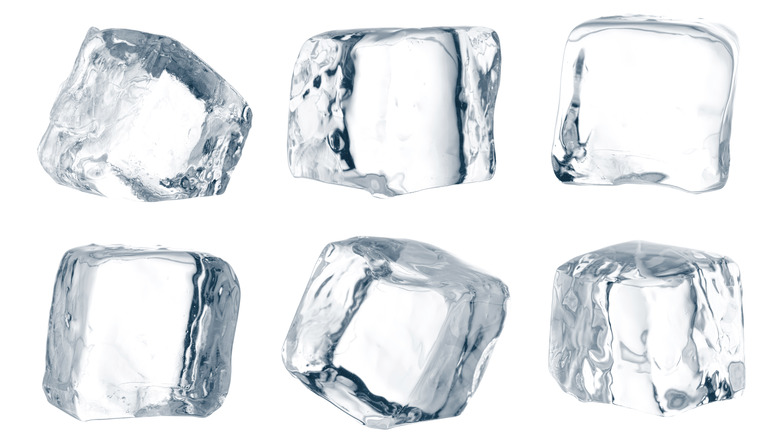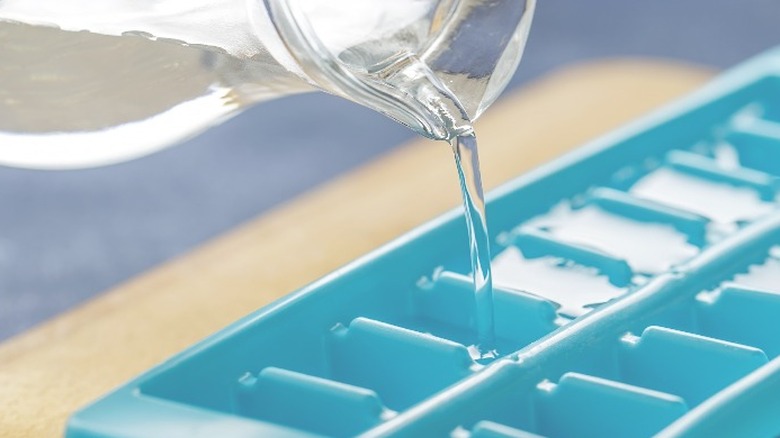Chinese Researchers Hope To Tackle Air Pollution With 'Elastic Ice'
Ice is truly a versatile ingredient that can make life a lot better in a jiffy. For example, if you're looking for a refreshing beverage, all you need to do is add a few blocks of ice to your glass with some lemon. Or maybe you're interested in making a yummy cocktail with a bunch of ingredients to celebrate the end of a long week.
One of the most essential ingredients in this scenario is, of course, plenty of ice. You can use classic ice cubes or even ice balls for a beverage like Old Fashioned (via Nio Cocktails). Looking for a drink that reminds you of a slushy? Crushed ice to the rescue, always! Hey, if you're up for a bit of adventure, you can also go for a trendy option, such as dry ice, which is known for its "smoky effect" and can add a bit of oomph to your party.
Speaking of ice, according to Gizmodo, experts have now figured out a way to make ice a lot more bendable than it used to be. Scientists from China have announced that they have a solution to make ice incredibly flexible, something that was pretty difficult to achieve until now. Some of their tests have revealed that they can make ice strands bend to a shape that is almost circular. No way! The study was organized by Limin Tong from Zhejiang University in Hangzhou and was published in Science Magazine.
It's a promising discovery
A description from the study's abstract reads, "We demonstrate that ice grown as single-crystal ice microfibers (IMFs) with diameters ranging from 10 micrometers to less than 800 nanometers is highly elastic." This is an important discovery in many ways. Per Business Insider, this "elastic ice'" can help gauge air pollution levels through minuscule sensors in the future. How impressive! You see, unwanted elements in the atmosphere, such as soot, will easily stick to ice which, in turn, affects how it interacts with light. Studying this can help researchers understand air pollution a lot better.
The paper further stated that the study "opens opportunities for exploring ice physics and ice-related technology on micro- and nanometer scales." Also, as per The New York Times, this feat was made possible due to the fact that the researchers used ice that was nearly perfect and without flaws. As Erland Schulson, an ice scientist from Dartmouth College, remarked, "There are no grain boundaries, no cracks, no features that otherwise limit how much elastic strain a body can experience." That said, this is an exciting development that can lead to many more innovations in the future.

